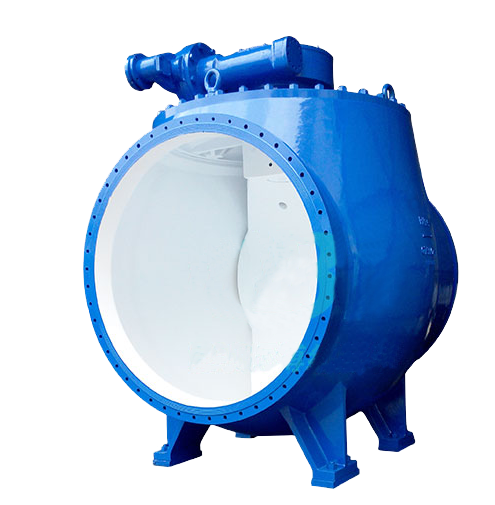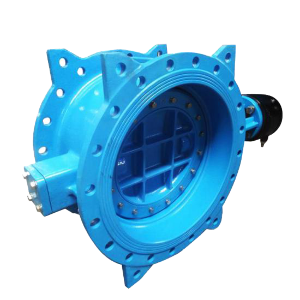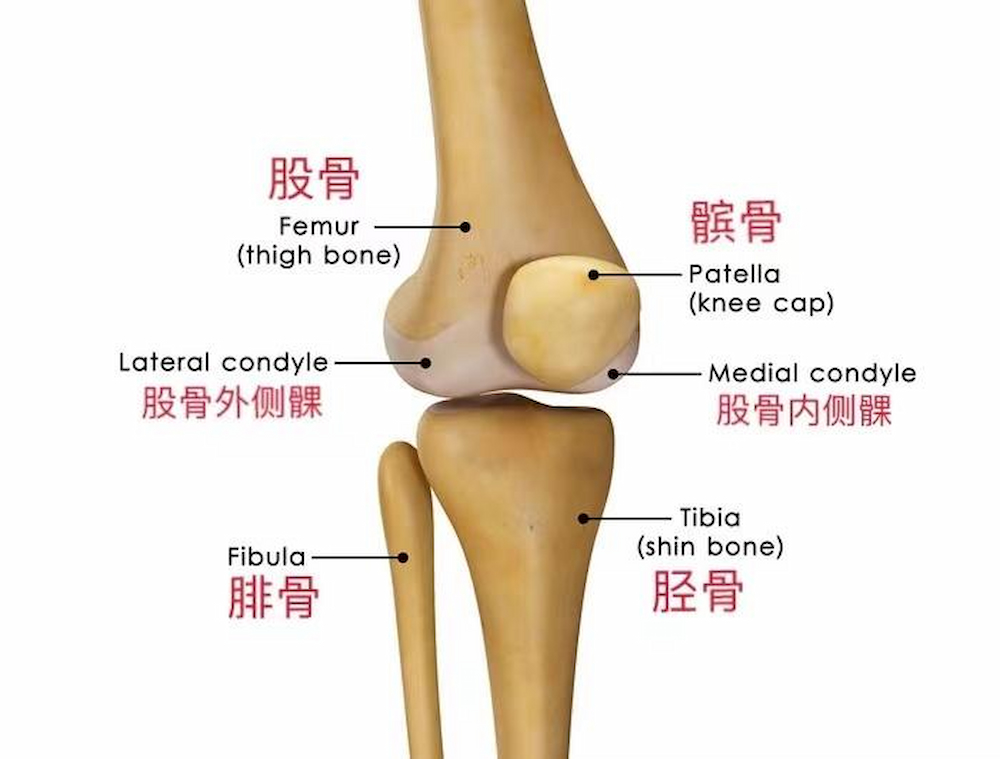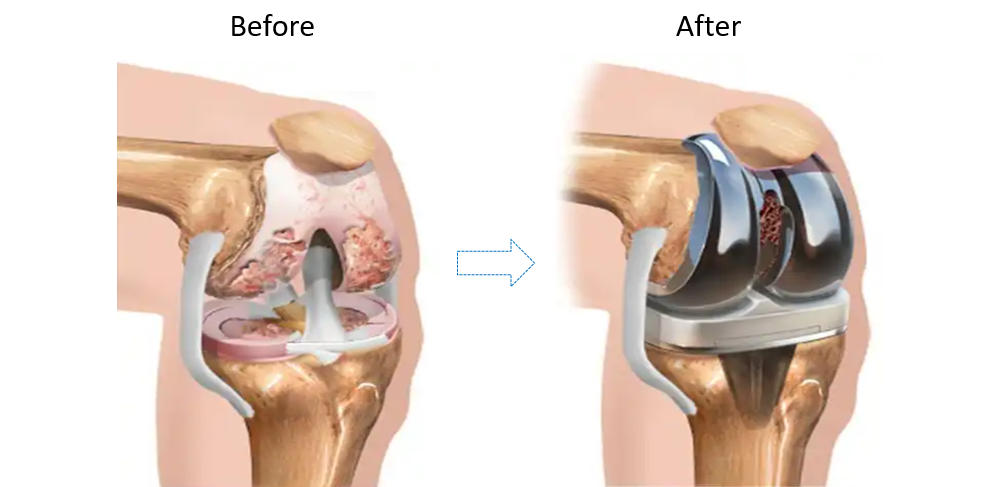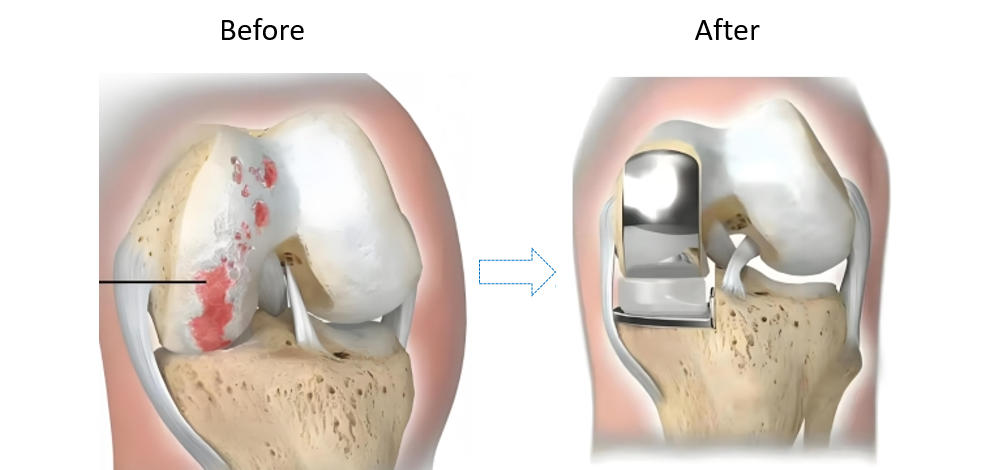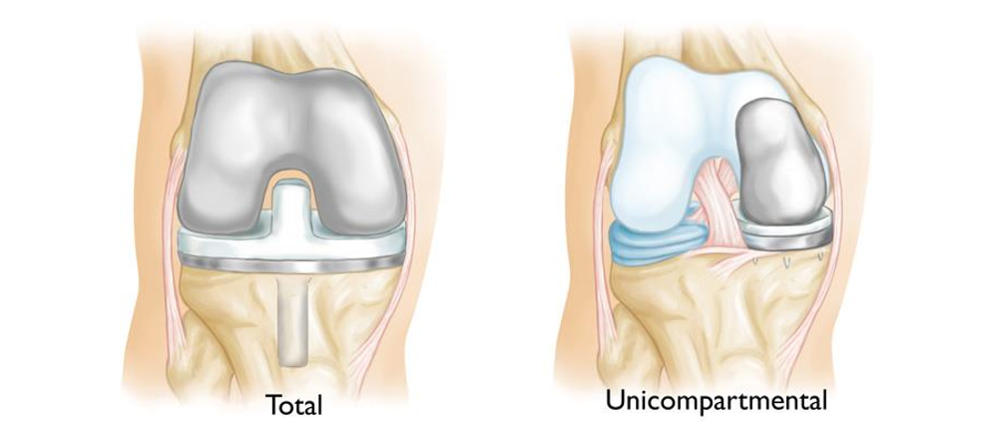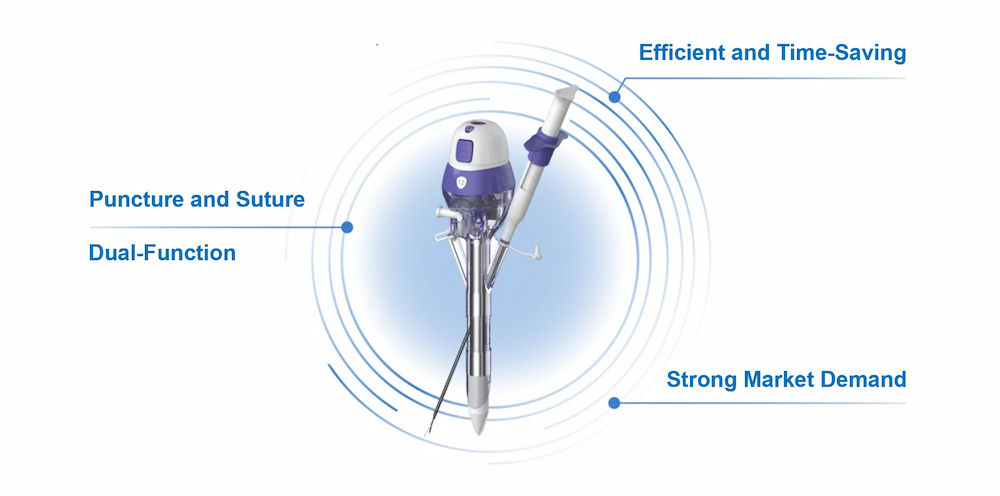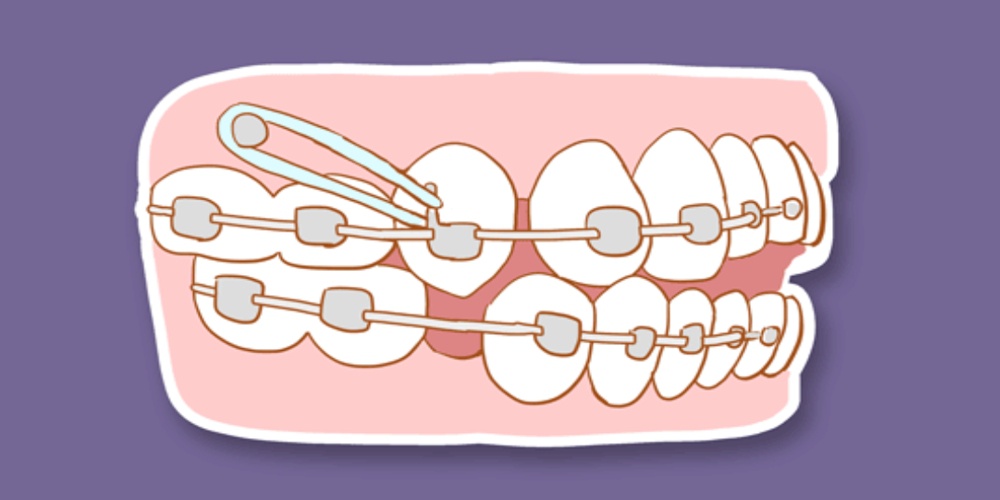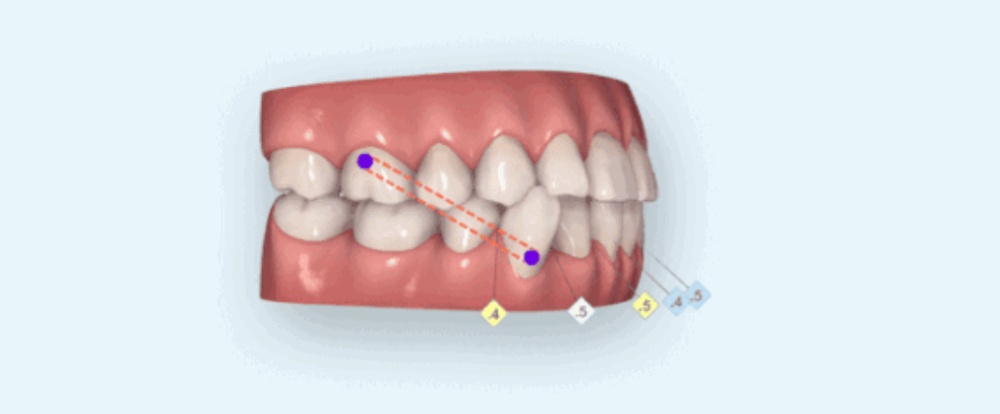Inside a Ball Valve Working Principles, Components, and Flow Mechanism Explained
The ball valve is an indispensable control component in modern fluid control systems. Due to its compact structure, rapid operation, and superior sealing performance, it is widely used in various industries such as petroleum, chemical, power, water treatment, and HVAC.
Although ball valves are already widely used in practical applications, achieving "accurate selection, reliable operation, and efficient maintenance" requires a clear understanding of their internal structure, working principles, and fluid control mechanisms.
This article will take you inside the ball valve, providing an in-depth analysis of its construction, operation, and impact on fluid behavior.
1. Basic Working Principle of a Ball Valve
A ball valve operates by rotating a ball with a circular through-hole to control the flow. When the hole in the ball aligns with the pipeline direction, fluid can flow smoothly. When the ball rotates 90°, the hole becomes perpendicular to the pipeline, completely cutting off the flow. This "1/4 turn" design gives ball valves the advantages of quick opening and closing, as well as ease of operation, making them especially suitable for applications where rapid shut-off or connection of the medium is required.
2. Analysis of the Main Components of a Ball Valve
Understanding the core components of a ball valve is essential for making correct decisions during selection, maintenance, and troubleshooting. Below are the typical structural components of a standard ball valve.
(1) Valve Body
l The main structural part of the ball valve, used to connect to the pipeline and withstand system pressure.
l Common materials: carbon steel, stainless steel, brass, plastic, etc.
l Types: one-piece, two-piece, and three-piece structures, which affect ease of maintenance and sealing performance.
(2) Ball
l The core component that controls the flow of fluids.
l The surface is typically precision-machined and chrome-plated to improve smoothness and corrosion resistance.
l Can be divided into floating ball and trunnion (fixed ball) structures, designed to suit different pressure ratings and operating conditions.
(3) Seat
l The annular component that forms the seal by contacting the ball.
l Common materials: PTFE (Polytetrafluoroethylene), RPTFE (Reinforced PTFE), metal (used for high-temperature or abrasive media).
l Plays a crucial role in sealing performance, and its quality directly affects the valve’s service life.
(4) Stem
l The shaft that connects the actuator or handle to the ball, controlling the rotation of the ball.
l Must have good tensile strength and corrosion resistance.
l High-end ball valves are equipped with an anti-blowout design to ensure safety during operation.
(5) Packing & Gasket
l Includes packing seals (such as V-type PTFE packing) and gaskets that connect the valve body, preventing external leakage.
l For applications with frequent operation or high-temperature conditions, the seal material must be carefully selected to ensure compatibility.
(6) Operating Device (Handle / Actuator)
l Manual ball valves are equipped with a handle, allowing a 90° rotation to open or close the valve.
l Automatic control systems are fitted with electric or pneumatic actuators to enable remote or smart control.
3. Fluid Control Mechanism of Ball Valves
(1) Quick-Opening Flow Characteristics
Ball valves exhibit rapid flow changes during the opening and closing process, making them a "quick-opening" valve type. The relationship between the valve opening and flow is non-linear. Typically, ball valves are used for full-open or full-closed control in systems, and they are not suitable for precise flow regulation (except in specific structures like V-ball valves).
(2) Low Flow Resistance Channel Design
l Full Port Ball Valve: The diameter of the passage is equal to the pipe diameter, resulting in almost no pressure drop. It is suitable for systems that require high flow rates.
l Reduced Port Ball Valve: Saves material costs but introduces some flow resistance. It is suitable for most standard applications.
(3) Bidirectional and Unidirectional Sealing
l Standard ball valves generally feature bidirectional sealing.
l Certain special designs, such as ball valves with a check function, allow unidirectional flow. When installing, it is important to pay attention to the flow direction arrow.
(4) Special Structures and Performance Enhancement Designs
To meet the stringent requirements of various industries, ball valves have evolved into multiple enhanced versions based on traditional designs:
l Floating Ball and Trunnion Ball Designs: Floating ball structures are suitable for small-bore, low-pressure systems, while trunnion ball structures are ideal for large-bore, high-pressure applications, providing lower operating torque and more stable sealing.
l Fire-safe Design: Ensures that the valve maintains its sealing function under high temperatures or in fire conditions, ensuring safety.
l Anti-static Devices: Used for flammable and explosive media to prevent sparks caused by static electricity during operation.
l Anti-blowout Stem Design: Ensures that the valve stem will not be accidentally blown out under pressure, improving operational safety.
